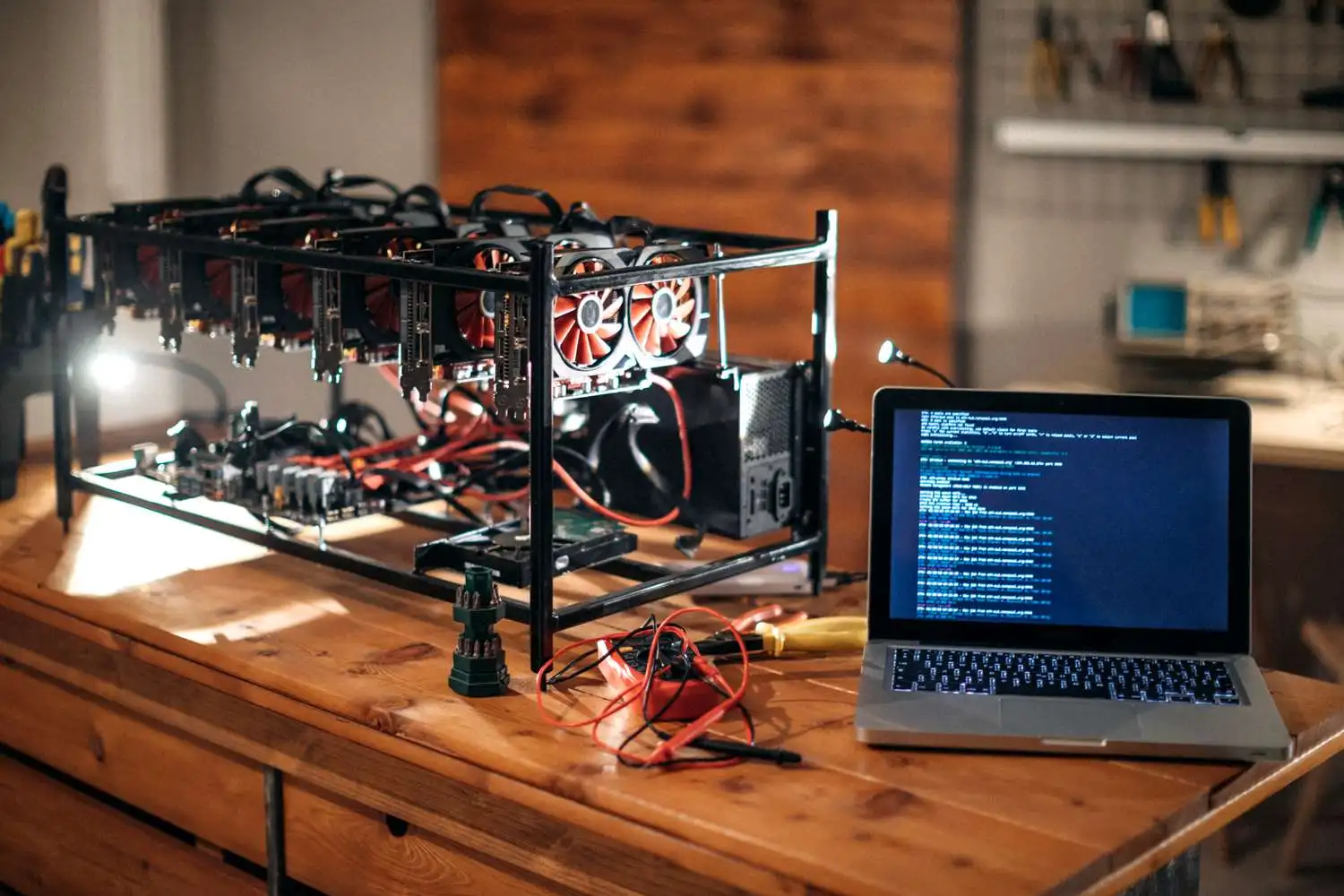Ethereum’s journey from a Proof-of-Work (PoW) network to a more sustainable Proof-of-Stake (PoS) model marked a pivotal moment in blockchain history. Though mining ETH is no longer possible on the current Ethereum mainnet since “The Merge” in September 2022, understanding how Ethereum mining worked in the PoW era offers important insights into blockchain operations and the evolution of decentralized technology.
What Ethereum Mining Used to Be
Before Ethereum transitioned to PoS, mining was the backbone of its network security. Instead of staking ETH, users known as miners competed to solve complex cryptographic puzzles. The first to solve it earned the right to verify transactions and received ETH as a reward. This process, while resource-intensive, ensured decentralization and integrity across the blockchain.
Why Ethereum Used PoW
PoW was integral to Ethereum’s early success. It incentivized network participation, made tampering with transaction data difficult, and enabled the launch of a decentralized application ecosystem. However, the system also consumed substantial energy and became less efficient as the network grew.
Essential Mining Hardware (Historical)
To become an Ethereum miner, users built powerful machines known as mining rigs. These were composed of key components optimized for solving Ethereum’s hashing algorithm.
- GPUs: Graphics cards were essential. NVIDIA and AMD models were favored for their high hash rates and energy efficiency.
- Motherboard: Needed to support multiple GPUs via PCIe slots with strong durability and power delivery.
- CPU: Minimal processing power was sufficient — the GPU did most of the heavy lifting.
- RAM: At least 8GB was recommended to support stable mining operations.
- Power Supply Unit: High-wattage, reliable PSUs prevented system crashes or damage from overloads.
- Storage: SSDs were preferred for their speed in booting and mining software performance.
- Frame/Case: Many miners used open-air frames to improve airflow and cooling.
Software Setup for Mining (Historical)
Once the physical rig was ready, configuring the system with mining software was the next step. This setup is now outdated and incompatible with the current Ethereum network, but understanding it is still useful for learning purposes.
Steps Miners Used to Follow
- Joining a Mining Pool: Pools allowed miners to combine efforts and share rewards. They were essential for smaller miners competing against massive operations.
- Installing Mining Software: Tools like Ethminer and PhoenixMiner were commonly used. These are now deprecated and should not be used today.
- Wallet Configuration: Miners entered their wallet address into the software to receive payouts.
- Monitoring: Miners used dashboards to track hash rates, temperature, and revenue.
The Mining Process in Action
Once everything was configured, the mining software began crunching numbers. GPUs processed trillions of hashes per second to try to find a valid solution. When a block was successfully mined, the pool distributed rewards according to the percentage of work each miner contributed.

Payout Structures
Mining pools typically had minimum payout thresholds. Once a miner reached that amount, the pool transferred ETH directly to their configured wallet — sometimes daily or weekly, depending on the platform.
Challenges Faced by Ethereum Miners
While mining had its perks, it wasn’t without obstacles. Some of the most common included:
- Electricity Costs: High power usage meant higher utility bills.
- Hardware Expenses: GPUs and components were expensive, especially during mining booms.
- Heat and Noise: Running multiple GPUs generated a lot of heat, requiring cooling systems and proper ventilation.
- Profitability Fluctuations: ETH price volatility and rising mining difficulty meant earnings weren’t always predictable.
- Environmental Impact: PoW mining consumed vast energy resources, raising sustainability concerns.
Ethereum’s Transition to Proof-of-Stake
The Merge marked Ethereum’s full transition to Proof-of-Stake, eliminating traditional mining entirely. Instead of miners, validators now secure the network by locking up ETH as collateral.
Key Differences Between PoW and PoS
- Staking: Requires 32 ETH to become a validator, though staking pools allow for smaller contributions.
- Energy Efficiency: PoS dramatically reduces energy consumption.
- Hardware Requirements: No specialized rigs are needed — a regular computer can run validator software.
- Environmental Impact: PoS aligns better with green initiatives.
Mining on Ethereum Forks (Caution)
Although Ethereum itself has moved on, some networks that forked from Ethereum still use PoW. These chains are separate projects, not part of the main Ethereum network. They carry different risks, have smaller user bases, and may not offer long-term profitability.
Staying Safe with Cryptocurrency Wallets
Regardless of whether you were mining in the past or are staking now, wallet security is crucial. Protect your assets by following best practices:
- Use Hardware Wallets: Ideal for long-term storage of large holdings.
- Enable 2FA: Always add an extra layer of protection where available.
- Choose Reputable Software Wallets: Keep them updated regularly.
- Avoid Online Wallets: Especially for large amounts, due to hacking risks.
- Watch Out for Scams: Never share private keys or seed phrases.
Conclusion
Ethereum mining as it once was is now part of blockchain history. With the move to PoS, the network became more efficient, sustainable, and inclusive. Yet, understanding how PoW mining worked is essential for grasping the roots of decentralized consensus and the technical ingenuity that built modern blockchains.
If you’re new to Ethereum or want to contribute today, staking is the way forward. While mining may be over on Ethereum, the spirit of innovation, decentralization, and participation continues stronger than ever in the PoS era.






